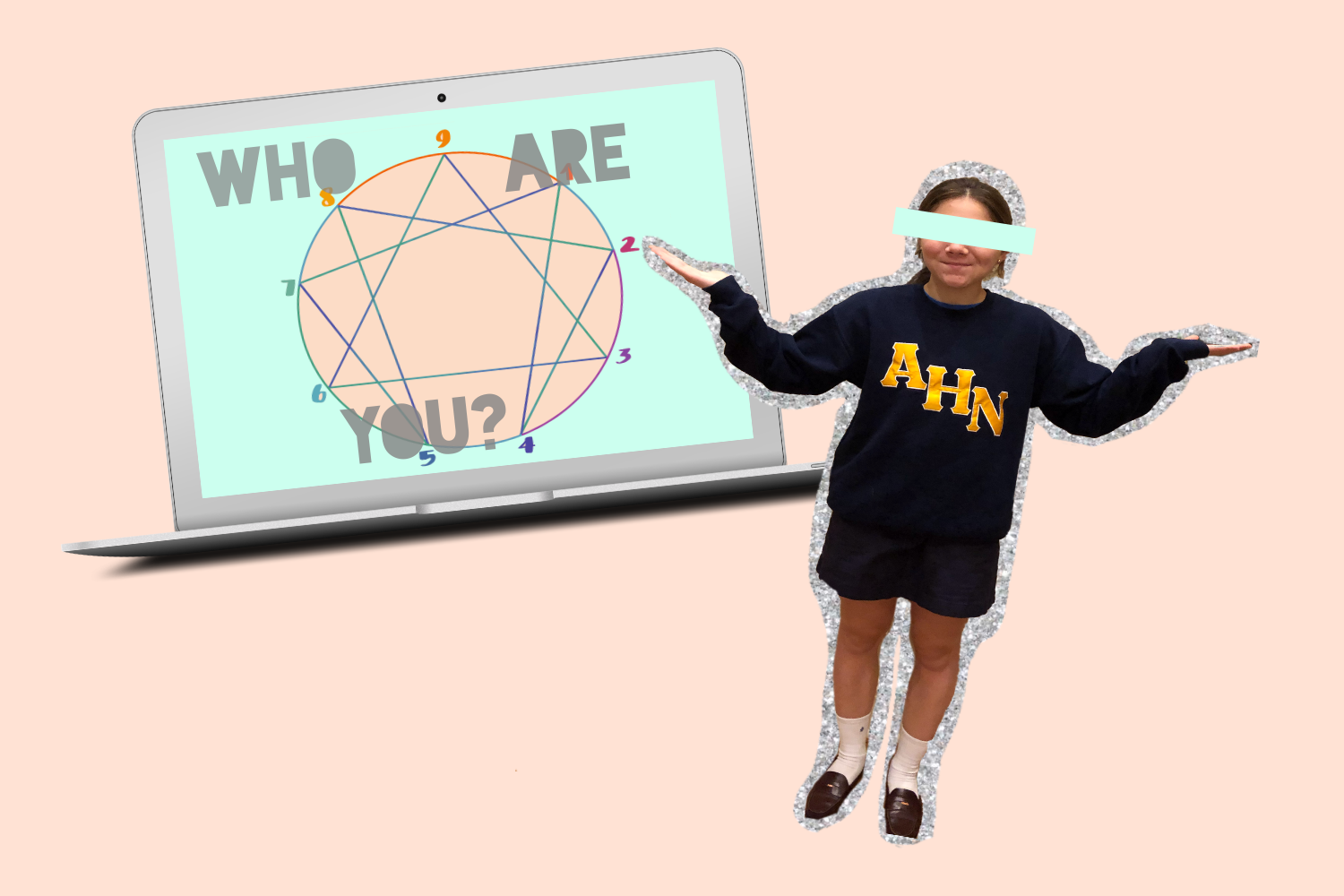Understanding The Enneagram
September 16, 2020
At our very core is an ingrained necessity to establish an identity. An identity in which our behaviorisms are deliberate and our nature distinct.
Of course, adolescence is perhaps the least defined stage of one’s life. Cliques are transcended, and interests fluctuate.
Do we ever truly know who we are?
Enter the enneagram: a means of self-exploration intended to cultivate one’s self-awareness, personal efficiency, and ability to establish meaningful relationships.
“For me, the enneagram has acted as a tool for further introspection in which I can recognize and accept my weaknesses, as well as a way for me to feel less alone, knowing that there are others with similar core motivations and feelings,” says Aspen Hunter (‘23), a type four.
A Call to Action: Striving to Create a More Inclusive Culture
At its core, the Enneagram is about inner work: awareness, reflection and practice to create spaciousness for understanding, and a deep examination about who we are and what is possible. /1https://t.co/L0f7sW16nb
— The Narrative Enneagram (@EnneaWorld) June 4, 2020
Derived from Plotinus’ Enneads (a collection of philosophical writings pertaining to the study of human nature), the enneagram is a model of the human psyche in which nine interconnected personalities reside.
The nine behaviors are as follows:
Type 1 – The Reformer: qualities include conscientious, self-assured, objective, and principled.
Type 2 – The Helper: qualities include communicative, generous, sacrificing, and possessive.
Type 3 – The Achiever: qualities include driven, ambitious, efficient, and results-oriented.
Type 4 – The Individualist: qualities include courageous, self-aware, purposeful, and sensitive.
Type 5 – The Investigator: qualities include perceptive, self-sufficient, curious, and inventive.
Type 6 – The Loyalist: qualities include devoted, preparedness, trustworthiness, and team-oriented.
Type 7 – The Enthusiast: qualities include optimistic, flexible, practical, and adventurous.
Type 8 – The Challenger: qualities include assertive, decisive, independent, and protective
Type 9 – The Peacemaker: qualities include understanding, supportive, genuine, and agreeable.
Of the nine behaviors are three triadic styles, each of which complements three of the nine personalities, respectively.
The three triads are as follows:
Style 1 – The Feeling Center: within the Feeling Center resides types two, three, and four as these personalities lead with their emotions.
Style 2 – The Thinking Center: within the Thinking Center resides types five, six, and seven as these personalities lead with their intellect.
Style 3 – The Instinctive Center: within the Instinctive Center resides types eight, nine, and one as these personalities lead with their intuition.
In terms of reading one’s enneagram, one must equally consider the wings (the nearest behavioral neighbors) and lines (the internal connections) of their respective type to receive a comprehensive scope of their personality.
Having been labeled an “Individualist”, my wings would be types three or five dependent upon the higher of my two scores whereas my lines would be types one and two. With type one being farther away from type four on the enneagram, one is considered to be my line of integration (growth) and type two to be my line of disintegration (stress).
Essentially, I strive for perfection (type one), yet often overcommit myself to helping others (type two).
For those who are skeptical of cerebral philosophies (horoscopy), it ought to be noted that the enneagram is rather inconsistent with astrology. As opposed to divining human affairs in relation to celestial bodies, the enneagram interprets the human psyche in relation to one’s motives and innermost impulses.
I have yet to conclude if the enneagram is indeed a worthwhile endeavor, however, if in need of an activity to keep boredom at bay, the enneagram is sure to occupy one’s interest well-past their initial taking of the test.
It has certainly done so for others (myself included).
“I do chuckle at enneagram things quite frequently. I am solidly a 1 and agree with my test. I am not sure that I implement it into my life daily, but it has helped me get some good language to describe how I feel. Especially if I am frustrated about something, I can use some of the descriptors to help explain to others how I am feeling or what I need. I don’t think everything is an exact match all the time, but it is a fun thing to explore. I also like to laugh at some of the memes that make fun of my own type,” says Anne Wynn of the Math Department.
When a type 1 compulsively follows the rules:#Enneagram #Enneagram1 #Millenneagram https://t.co/2IXc4VDbaP
— EnneaMeme (@EnneaMeme) October 30, 2018
If interested in cultivating your knowledge of the enneagram (or perhaps indulging in a quality meme as Wynn would suggest), consider entertaining the following sources courtesy of Hunter:
- Enneagram and Coffee: Both a podcast and an Instagram account
- Nine Types Co.: Instagram Account
- The Enneagram Institute: Website

